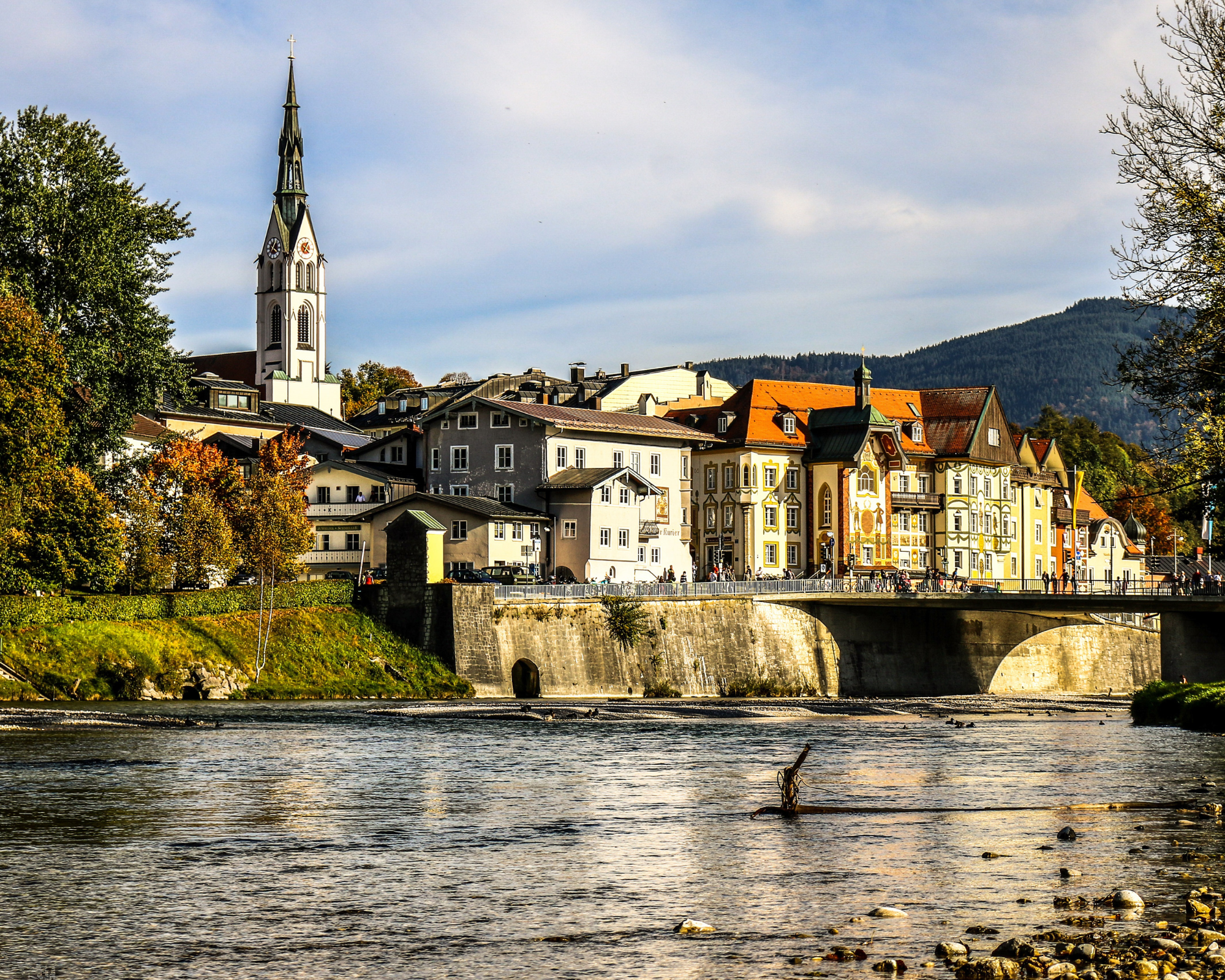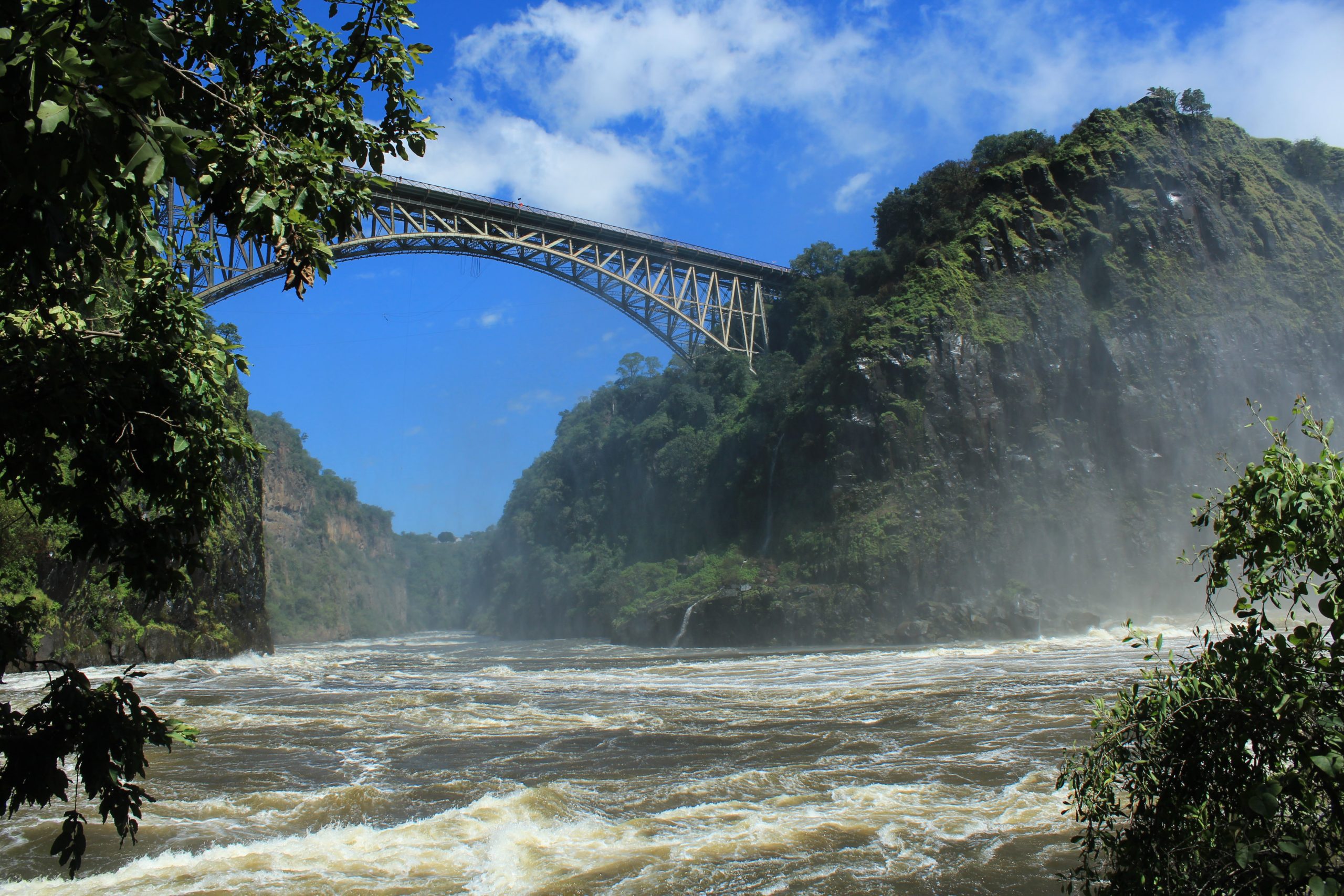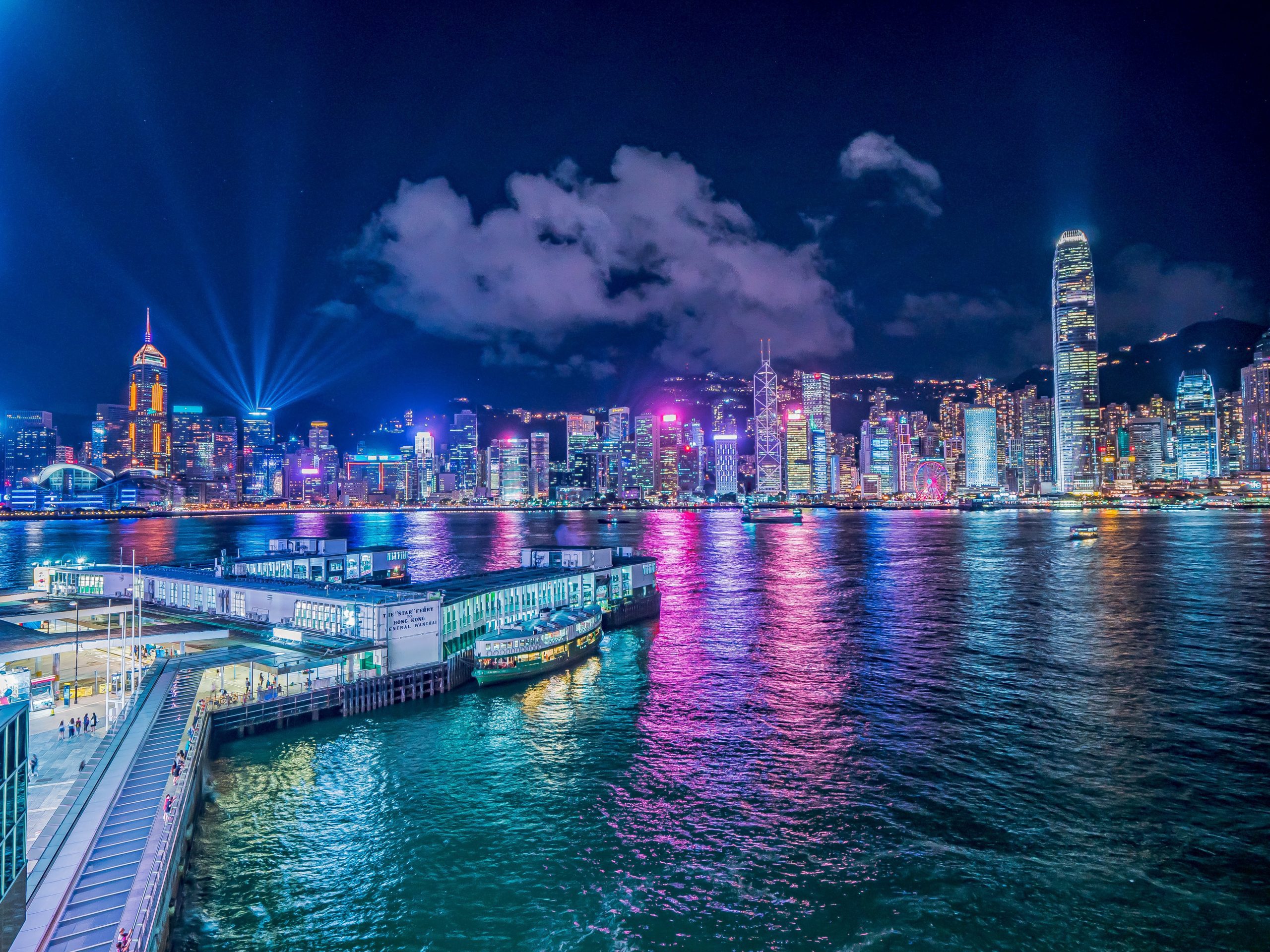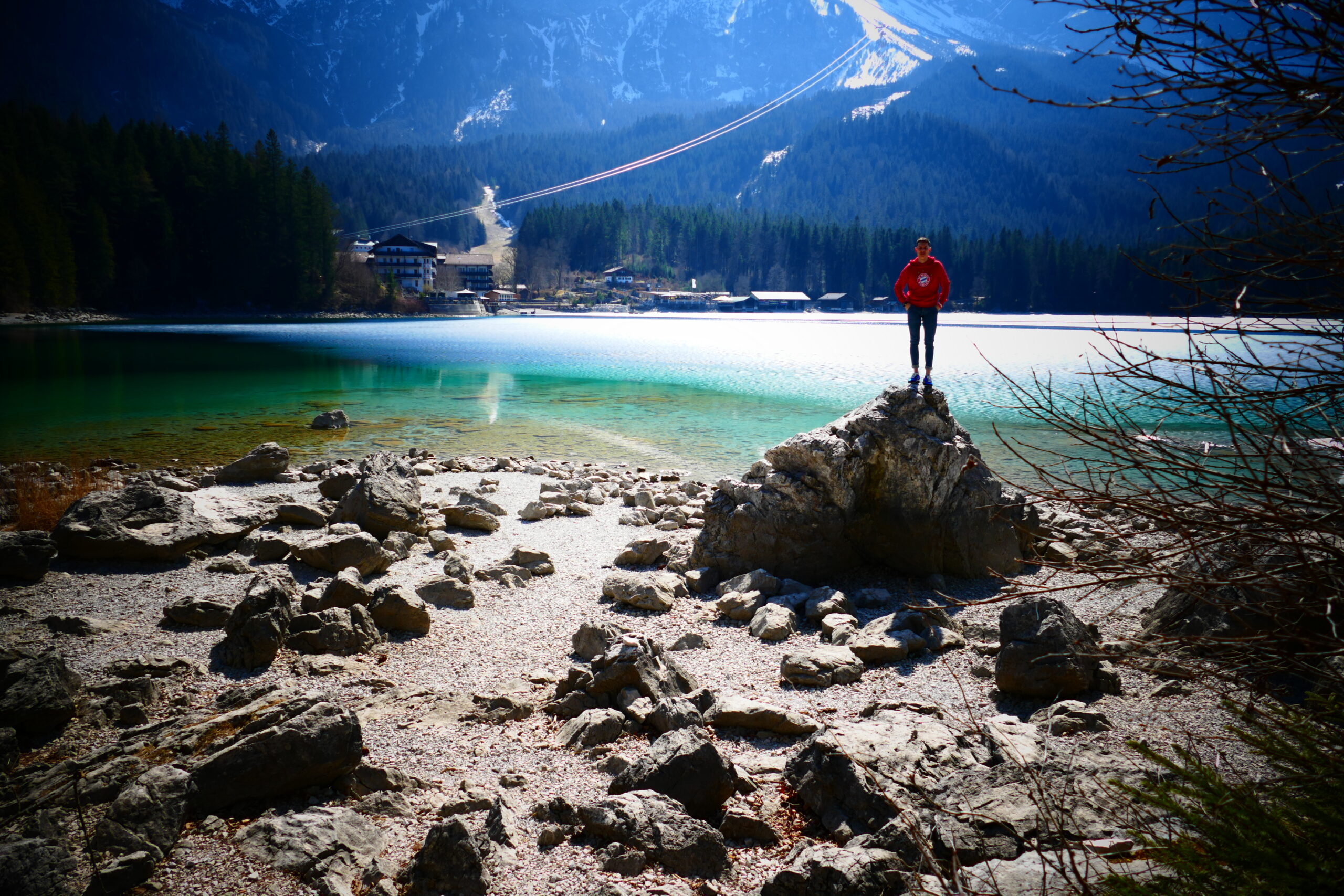
Exploring Lake Constance & The 9 Beautiful Lakes In Bayern
Exploring Lake Constance & The 9 Beautiful Lakes In Bayern
We are pleased to provide you a travel guide in this article that will be of great assistance if you want to visit Chiemsee, Ammersee, or any of the other lakes in the German state of Bavaria. We’ll show you the places we’ve already been and provide you with all the information you require on the top vacation rentals and hotels.
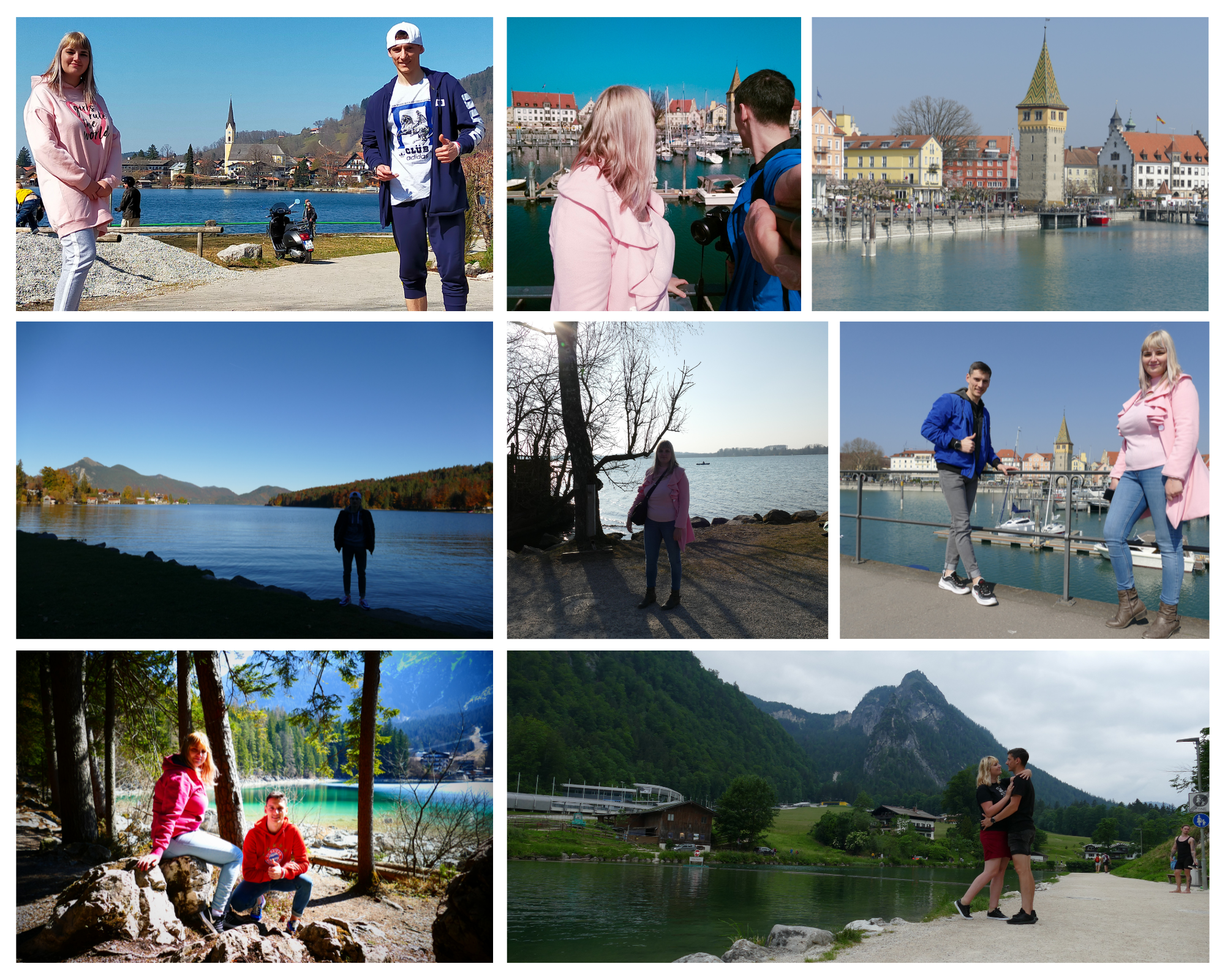
Photo Source : traveldreamdiary.com
Munich, Nurnberg, Lindau, Starnberg, Garmisch, Ingolstadt, Landshut, Ramsau, Regensburg, Bad Griesbach, Ammersee, Bodensee, Chiemsee, Eibsee, Konigsee, Starnbergersee, Sylvensteinsee, Wachelsee, Worthsee, and Tegernsee are the locations of our visits to Bavaria, which are detailed in other articles from this one. Germany’s cities are Dusseldorf, Heidelberg, Saarbrucken, Frankfurt, Cologne, Beilstein, Eltz, Cochem, and Cochem.
Germany Map
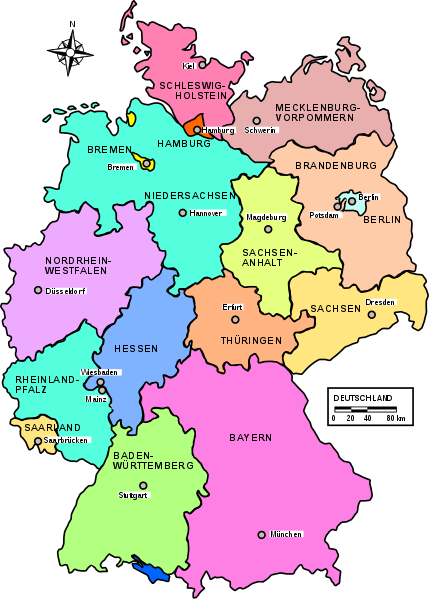
Photo Source : OanaAlexandra on canva.com
Informations
Berlin serves as the nation’s capital and largest city, Frankfurt serves as its financial hub, and the Ruhr is its largest metropolitan area. Germany is a powerful nation with the fourth largest economy in the world and the largest economy in Europe. Situated as a global leader in multiple industrial, scientific, and technological domains, it has the third position in terms of both import and export of commodities globally. It provides social security, a free public health care system, environmental protection, and free higher education as a developed nation.
The largest lake in Bavaria, the Chiemsee, is located in the magnificent Alps foothills. Its vast array of recreational options adds to its allure in addition to its breathtaking scenery. The Herreninsel and Fraueninsel of the Chiemsee are two of Germany’s most significant attractions. Language: German is the official language.
Currency: Euro
Food Prices: Meal in a cheap restaurant=14 EUR, Meal for 2 People, Mid-range Restaurant=50 EUR
You can find more information about the visa here.
Disclosure: Some of the links below are affiliate links, which means that if you click through and make a purchase, I will receive a fee at no extra cost to you. Click here to view our complete affiliate disclosure.
Things to do
You can therefore enjoy fantastic holiday activities here, such as sailing or surfing on the lake, swimming in the lake, or taking a boat to explore Fraueninsel and Herreninsel. You can even row or pedal a boat across Lake Chiemsee. Our decision to investigate Herreninsel and Fraueninsel is what we remember doing. Images from the beach and the boat:
Chiemsee shore
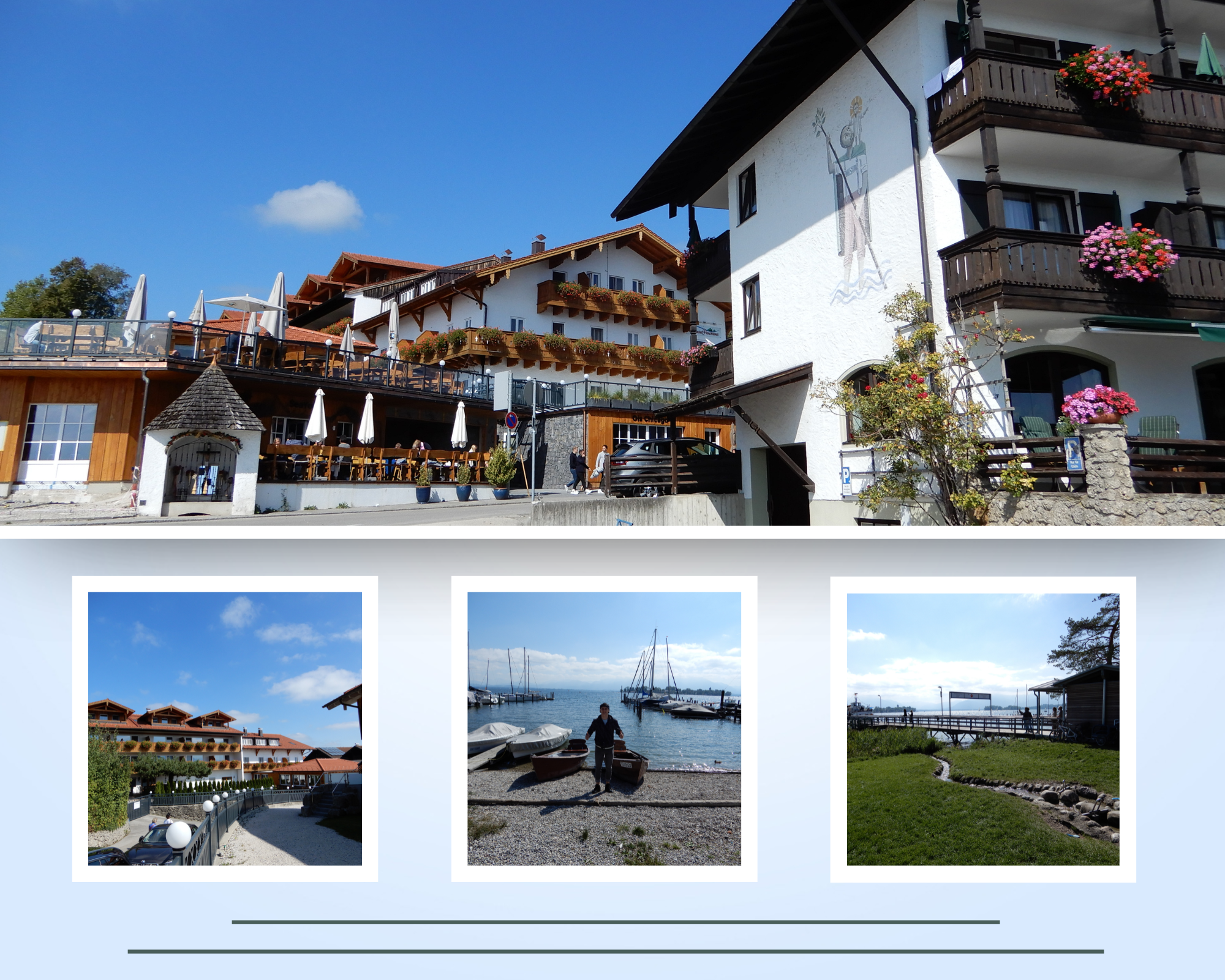
Photo Source : traveldreamdiary.com
Herreninsel
The largest island in the Chiemsee lake, Herreninsel, is home to the complex of royal structures known as Herrenchiemsee. Approximately 60 kilometers (37 mi) southeast of Munich, it is part of the municipality of Chiemsee, which also includes the deserted Krautinsel and the neighboring isle of Frauenchiemsee. Herrenchiemsee is a popular tourist destination and is open to the public.
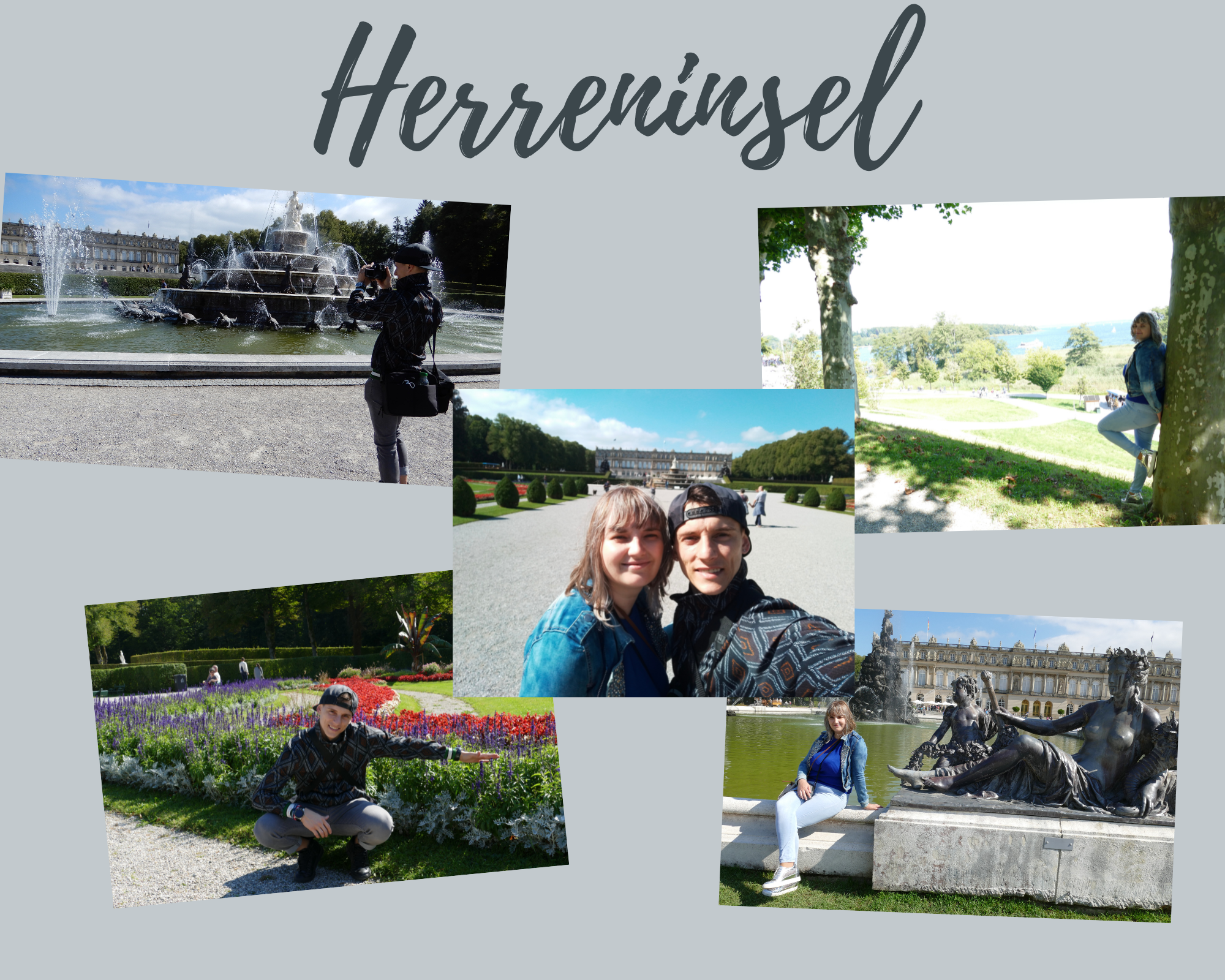
Photo Source : traveldreamdiary.com
Fraueninsel
After the Herreninsel, the Fraueninsel is the second largest of the three inland islands in the Chiemsee. It is a part of the smallest political municipality in Bavaria, the municipality of Chiemsee, which is located in the Upper Bavarian district of Rosenheim. There are roughly 300 people living in about 50 residences on the 15.5 hectare car-free Fraueninsel (in contrast, only a small number of people live year-round on the 238 acre Herreninsel). For this reason, the names Fraueninsel (=island) and Frauenchiemsee (=place) are frequently used interchangeably. This community on the island is the town of Frauenchiemsee. The island is surrounded by a 1.5 km trail. On the island, cycling is not allowed. Operating a motor vehicle is likewise forbidden on the island. Only delivery cars are permitted.
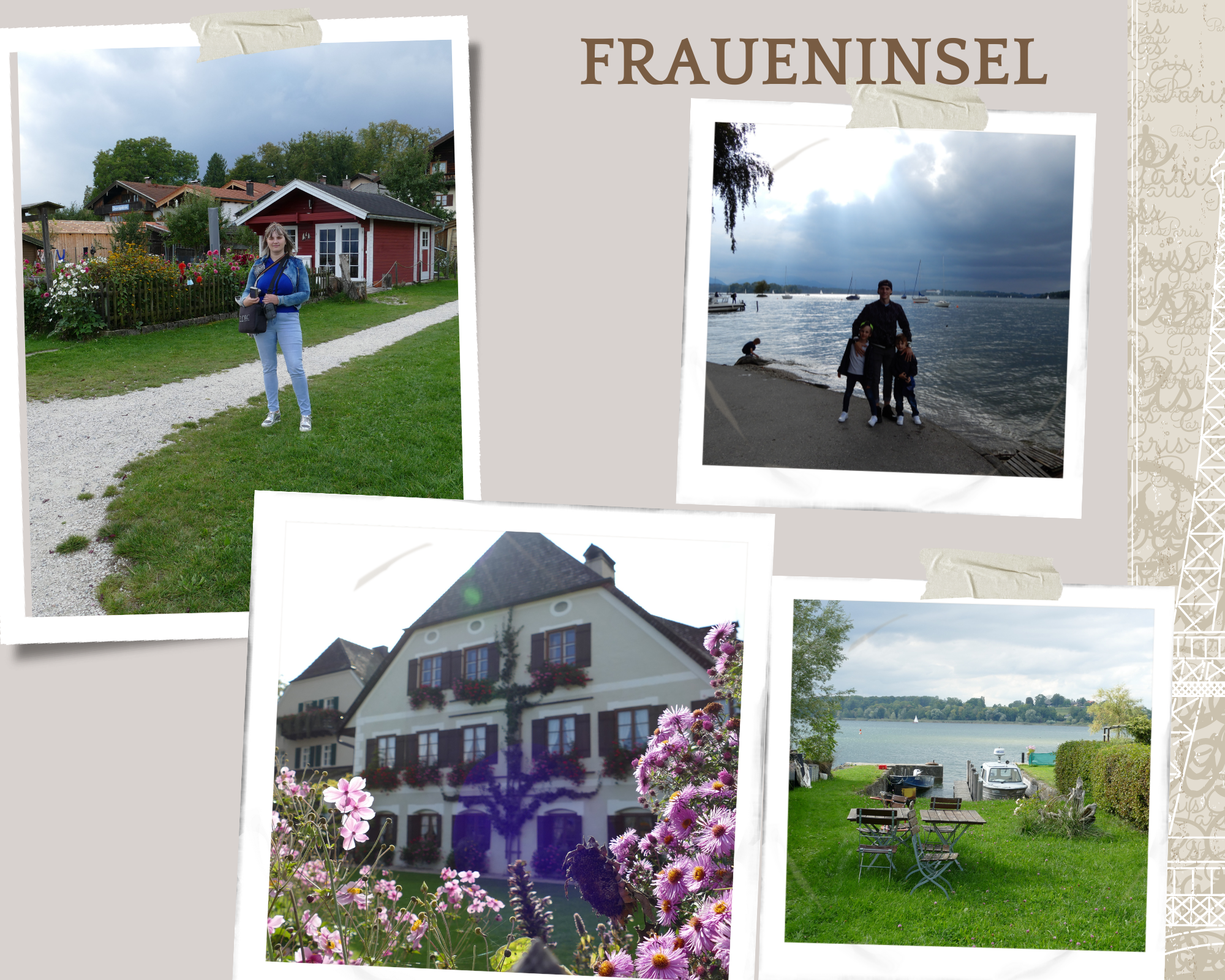
Photo Source : traveldreamdiary.com
Ammersee
The Ammersee is a lake located in Upper Bavaria, Germany, between the cities of Herrsching and Dießen am Ammersee, southwest of Munich. Having a surface size of roughly 47 square kilometers, it ranks as Germany’s sixth largest lake. The lake has a maximum depth of 81 meters and is located at an elevation of 533 meters.You can engage in a wide variety of activities here, based on your interests. Posters advertising activities including boats and ships, bike tours, activities during inclement weather, treks, and water sports have been noticed.
You could also partake in these two distinct activities: Leap into the water and Putting in While sun worshippers can find a seat on the little sunbathing area or on the wooden pier, daring folks jump from the diving tower into the chilly ocean below. Trekking in the Pähler Gorge to the waterfall What about spending a little time outside? A stroll in Pähler Gorge is a great way to counterbalance tanning. With a view of the Hochschloss Pähl, the walk in the nature reserve and geotope leads to a 16-meter-tall waterfall that is easily accomplished in two hours. If you’re arriving by car, park it at the church and ask for directions to the gorge’s starting point because this is just
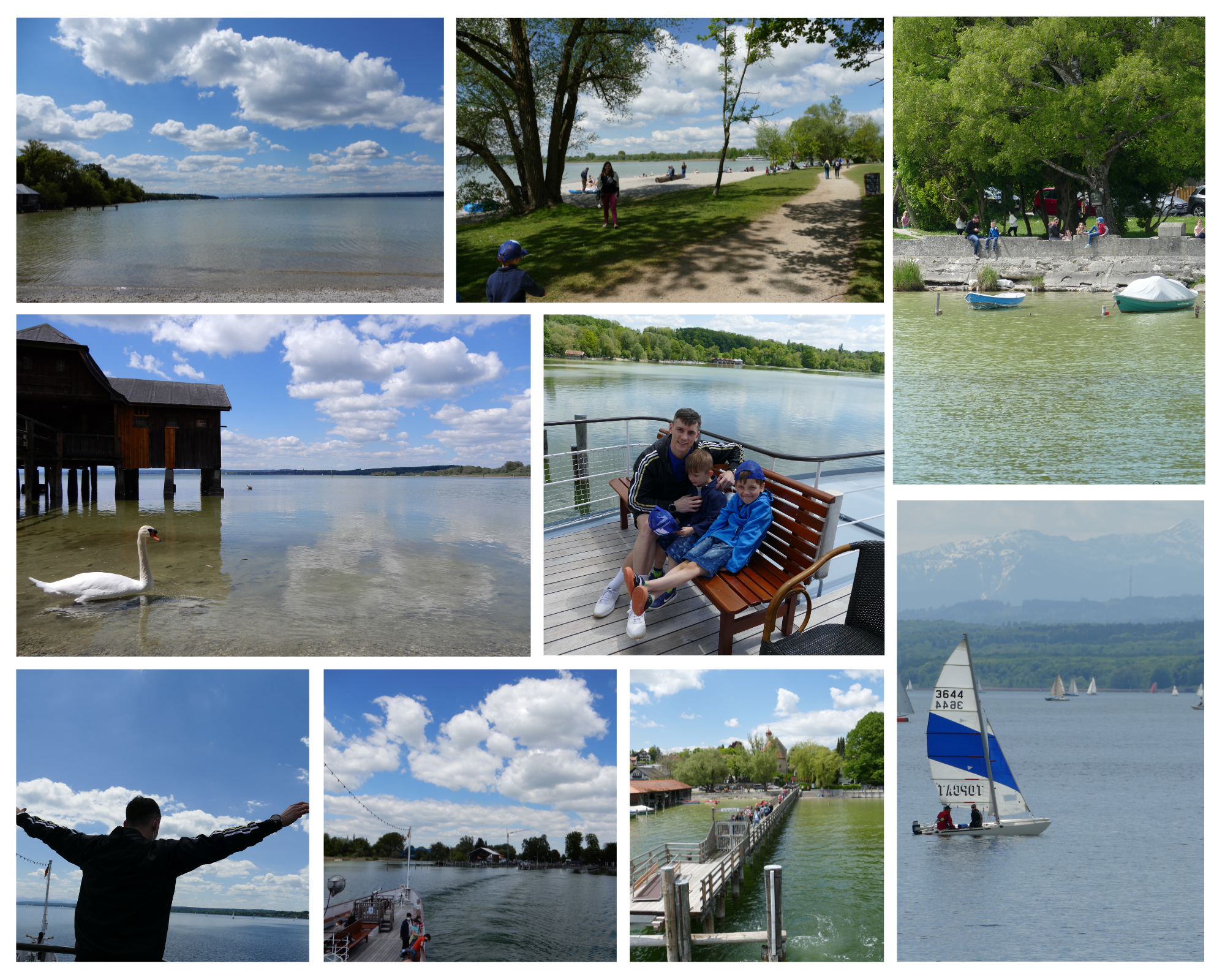
Photo Source : traveldreamdiary.com
Lake Starnberg
With its impressive depth, Lake Starnberg is Germany’s second-largest freshwater body and its fifth-largest lake in terms of area. situated 25 kilometers (16 km) southwest of Munich in southern Bavaria. We highly recommend packing everything you need for a picnic and dining by the Starnberg Lake if you are ever in Garmisch or Munich and have some free time to kill.
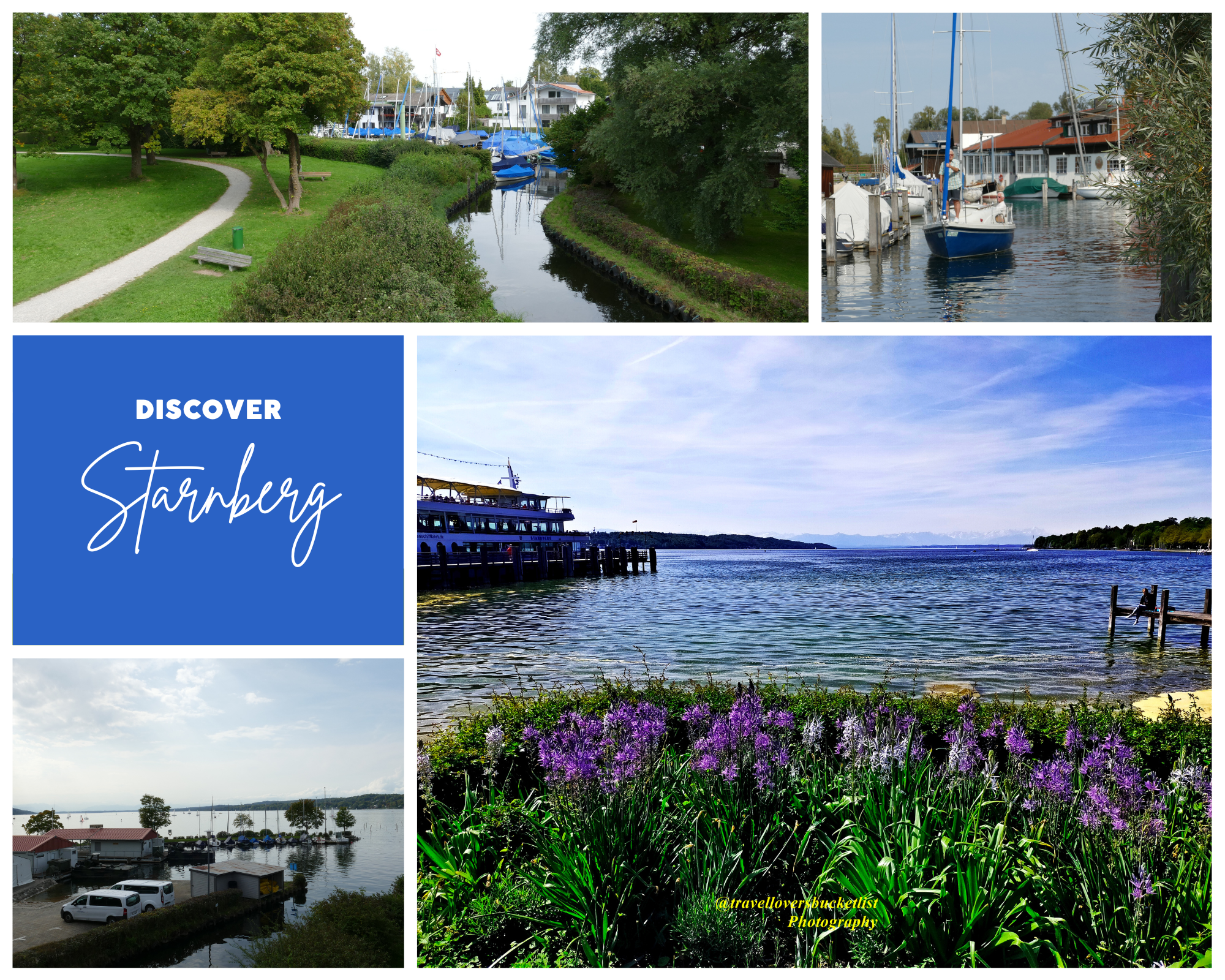
Photo Source : traveldreamdiary.com
Of course, we wanted to explore the lake in Lengriess, a town 10 km from Bad Tölz, after seeing some stunning photos of it. When we got to Lengriess, we were unable to locate this stunning lake, so we asked a local woman where we could locate this amazing lake. She informed us that the drive would take roughly ten minutes, and we discovered the lake’s name is Sylvensteinsee.
We were genuinely stunned as our car pulled up next to the bridge. We all stared at the gorgeous scenery while no one spoke in the car. Experiencing everything firsthand is amazing. It is an experience that you will always remember. The Würzburger Cathedral, Festung Marienberg, Alte Mainbrücke, Residenz Würzburg, and Wallfahrtskirche Käppele are the main points of interest.
Sylvensteinsee
Located in the Isarwinkel in the municipality of Lenggries, on the route from Bad Tölz to Lake Achensee (Federal Highway 307), approximately 12 kilometers south of the city center, is the Sylvenstein Reservoir, also referred to as the Sylvenstein Reservoir or just the Sylvenstein Lake. In order to save the Isar Valley against flooding, it was constructed between 1954 and 1959. Since 1990, adequate water flow in the Isar has been assured during dry spells, and for ecological reasons, a residual inflow of at least 4 m³/s is provided at the Krüner Weir.
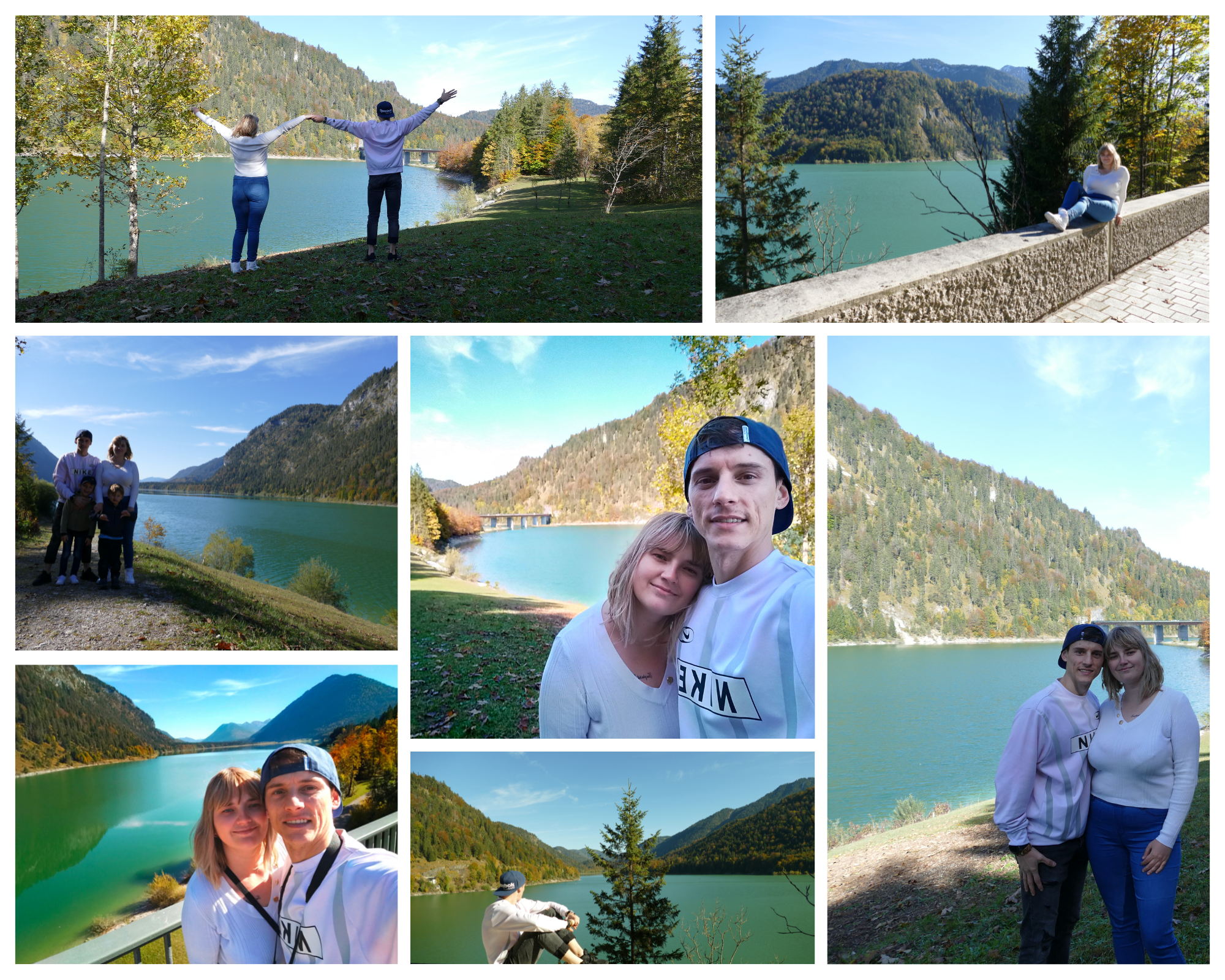
Photo Source : traveldreamdiary.com
Lake Constance - Bodensee
The Obersee (with the Überlinger See), the Seerhein, and the Untersee (with the Rheinsee, Zeller See, and Gnadensee containing the Markelfinger Winkel) are the two lakes that make up Lake Constance, an inland body of water in southwest central Europe. The Lake Constance basin, which is a portion of the northern foothills of the Alps, contains Germany’s largest inland body of water;
The Rhine flows through the lake: the inflow is called the Alpenrhein, the outflow is called the Hochrhein. The three states of Germany, Austria and Switzerland border on Lake Constance. There is only a recognized border in the Untersee between Germany and Switzerland. In the area of the Obersee, no consensual boundary line was defined. In addition to Lake Constance itself, this article also deals with the surrounding Lake Constance region, which, depending on the spatial definition, extends far into the hinterland.
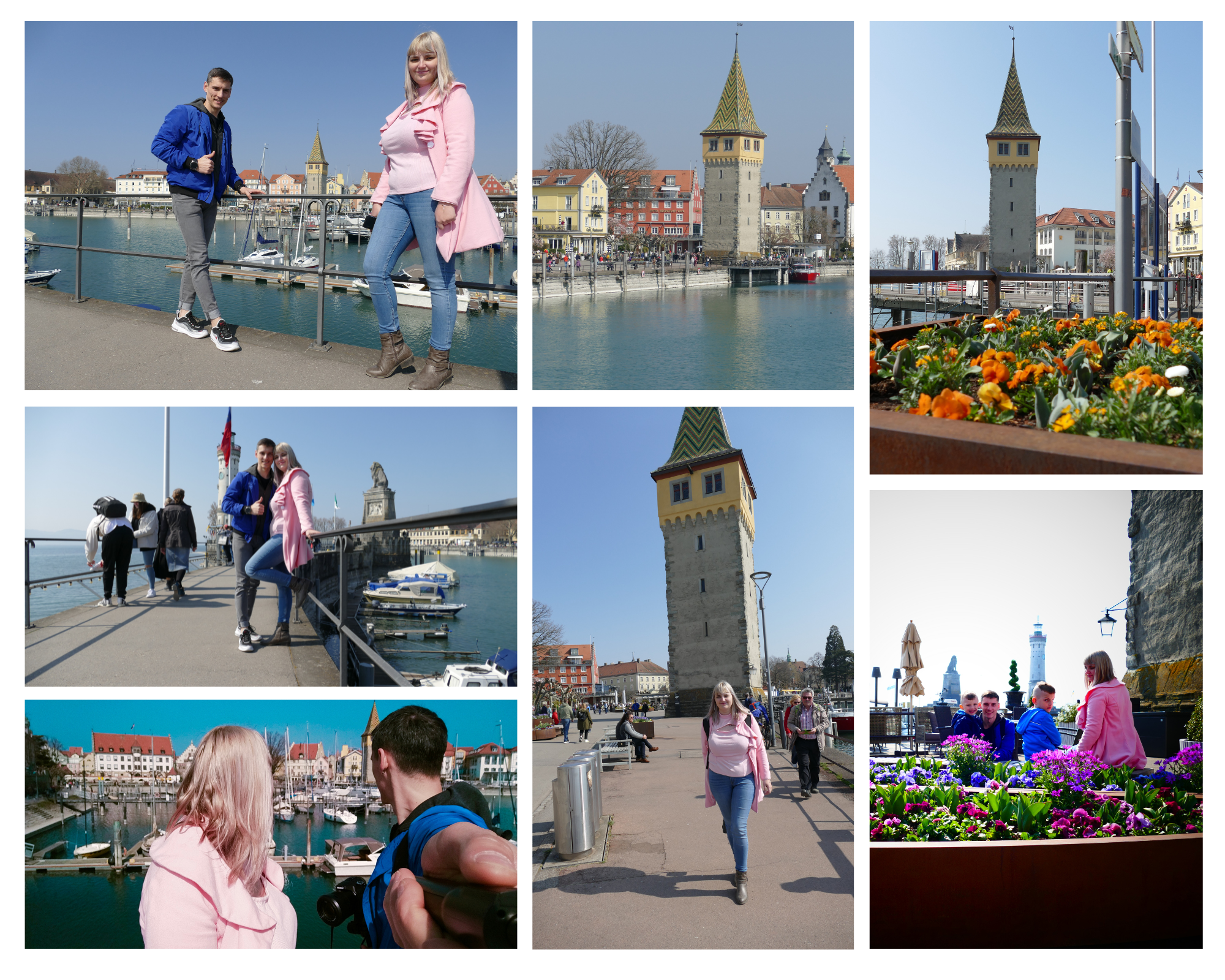
Photo Source : traveldreamdiary.com
Eibsee
The Eibsee is a lake in the Wetterstein Mountains of Bavaria, located 3.5 km north of the Zugspitze and 9 km southwest of Garmisch-Partenkirchen. It is privately owned and a part of the Grainau municipality. A narrow bottleneck, 50 m wide and just 0.5 m deep, divides the 4.8 hectare, 26 m deep Untersee from the 172 ha Weitsee, the lake’s main body, in the northeast.
At this bottleneck, a hiking trail follows the north shore of the Eibsee via a small bridge. Situated only approximately 90 meters from the eastern southern shore, the lake’s deepest point, measuring 34.5 meters, is roughly equivalent to Lake Frillensee’s depth. The Frillensee to the south (which should not be mistaken with the bigger Frillensee at Inzell) and the Braxensee, Steinringpriel, Steinsee, Froschsee, and Drachenseelein to the north are examples of completely separated tiny nearby lakes.
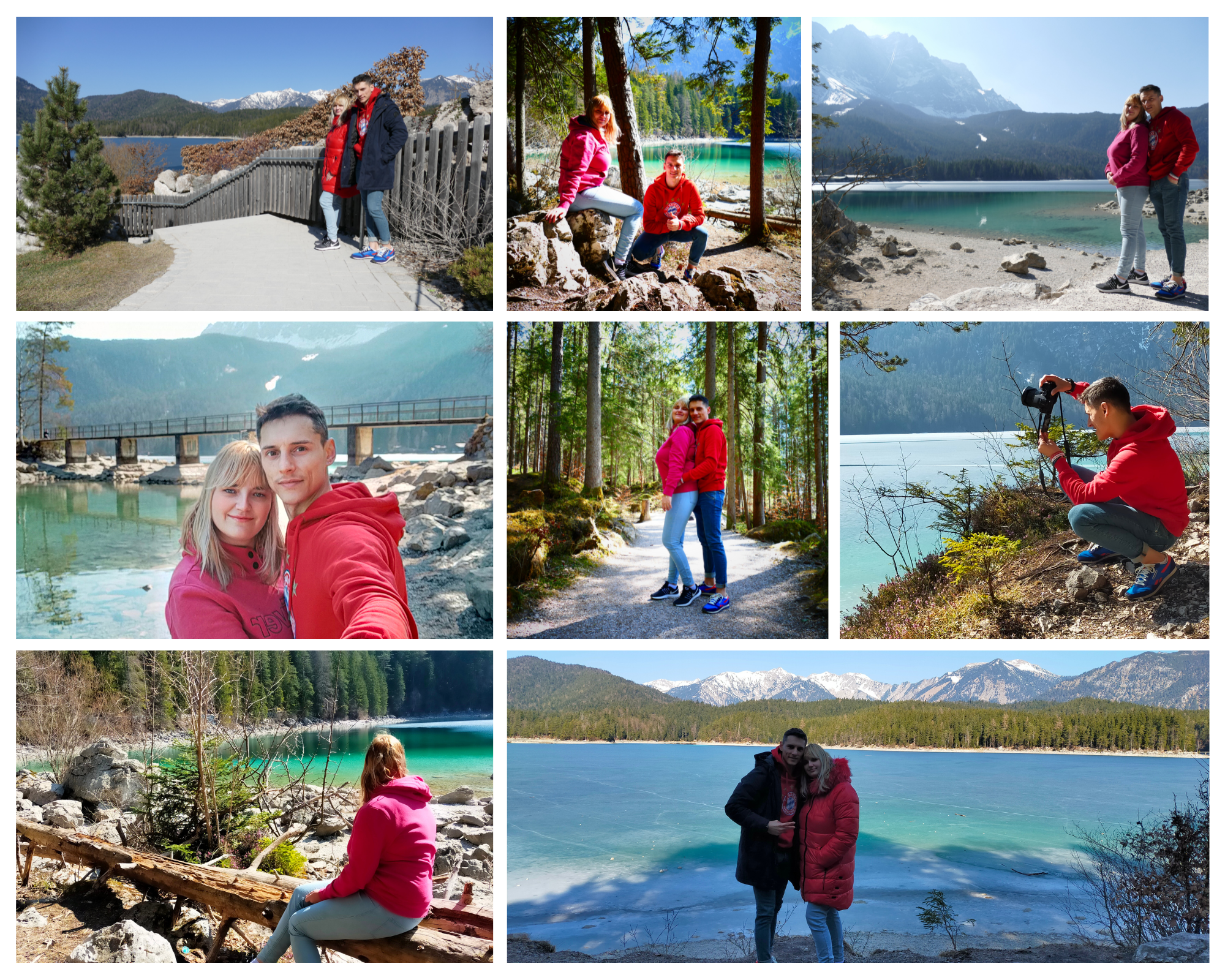
Photo Source : traveldreamdiary.com
Königsee
In the southeast Berchtesgadener Land area of the German state of Bavaria, close to the Austrian border, sits a natural lake known as the Königssee (German pronunciation: [ˈkøːnɪçsˌzeː]).The majority of the lake is located inside the National Park of Berchtesgaden.The Königssee is the third deepest lake in Germany and is located in the municipality of Schönau am Königsee, just south of Berchtesgaden and the Austrian city of Salzburg, inside the Berchtesgaden Alps. It was created by glaciers during the last ice age and is situated at a Jurassic rift. It is roughly 1.7 km (1 mi) wide at its widest point and 7.7 km (4.8 mi) long in a north-south direction. Encircled by the sharply rising flanks of mountains up to 2,700 m (8,900 ft), including the Watzmann massif in the west, the lake resembles a fjord except at its outlet, the Königsseer Ache at the village of Königssee.
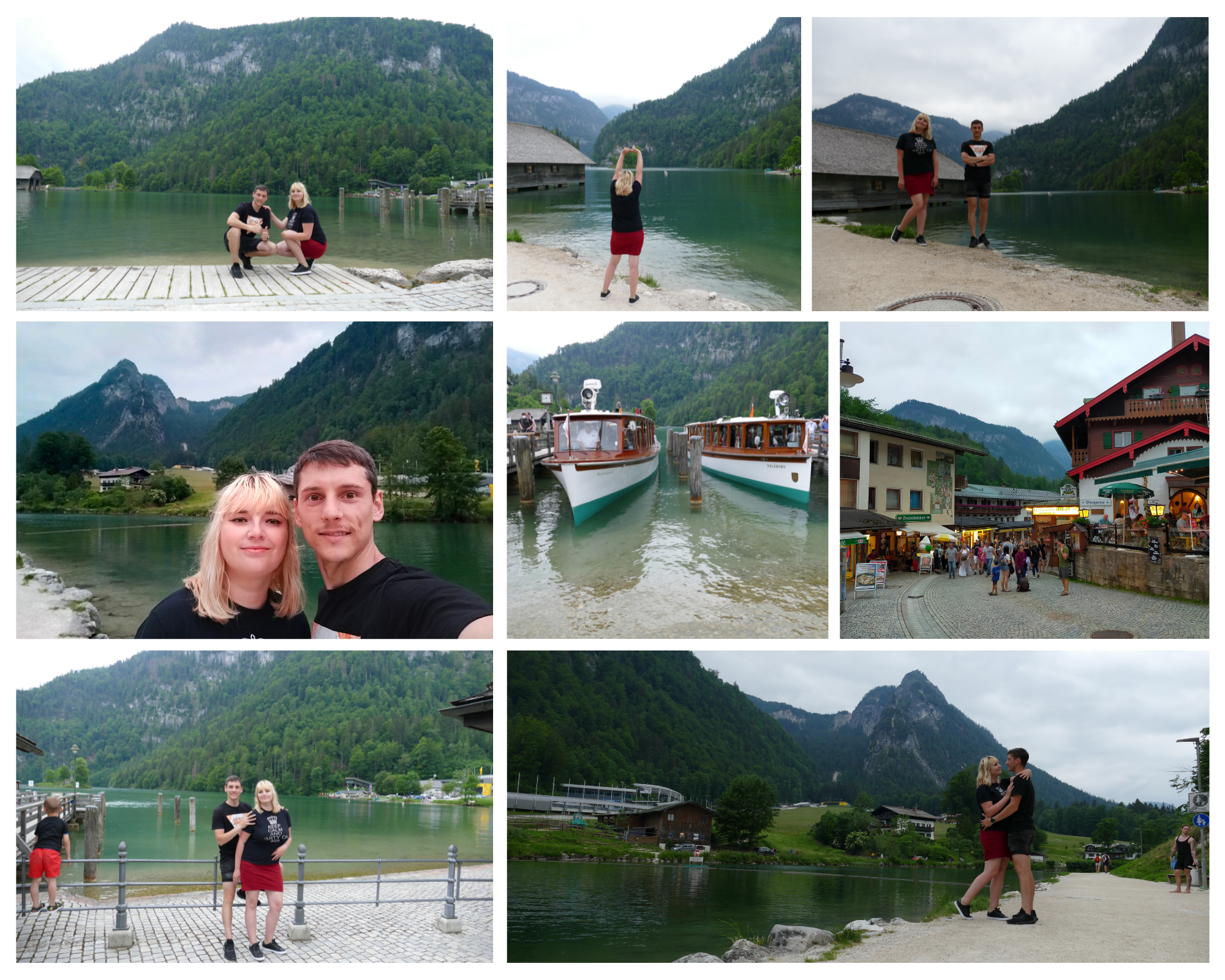
Photo Source : traveldreamdiary.com
Tegernsee
Situated in the Bavarian Alps, approximately 50 km south of Munich, the Tegernsee is a popular tourist and excursion site. Because a continuous ring sewage system was established around the lake as early as the 1960s, it is among the cleanest lakes in Bavaria. The lake is situated in the Tegernsee protection area, along with its environs. The Bavarian Administration for State Palaces, Gardens, and Lakes, Chiemsee branch in Prien, is in charge of its management; it is held by the Free State of Bavaria.
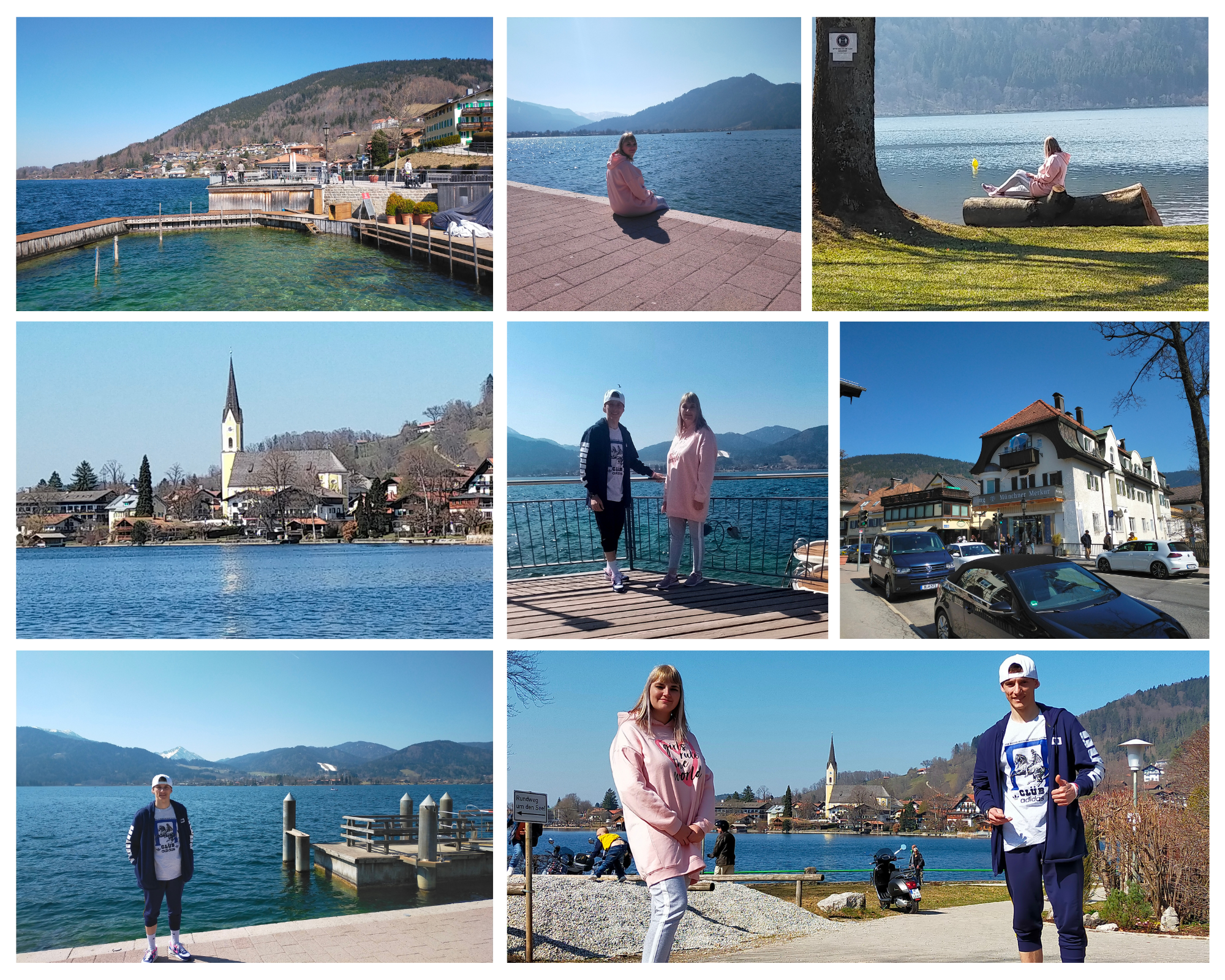
Photo Source : traveldreamdiary.com
Walchensee
At a maximum depth of 190 meters, the Walchensee is among Germany’s largest (16.40 km2) and deepest alpine lakes. Situated in the Bavarian Prealps, the entire region, including the island of Sassau, is 800 meters above sea level and is 75 kilometers south of Munich within the municipality of Kochel am See. Its shoreline borders the municipality of Jachenau to the east and south. Unlike most other big lakes in Bavaria, which are under the management of the state palaces, gardens, and lakes, the Bavarian state owns the land surrounding the lake and island region, which is overseen by the Bavarian State Forests[5][6].
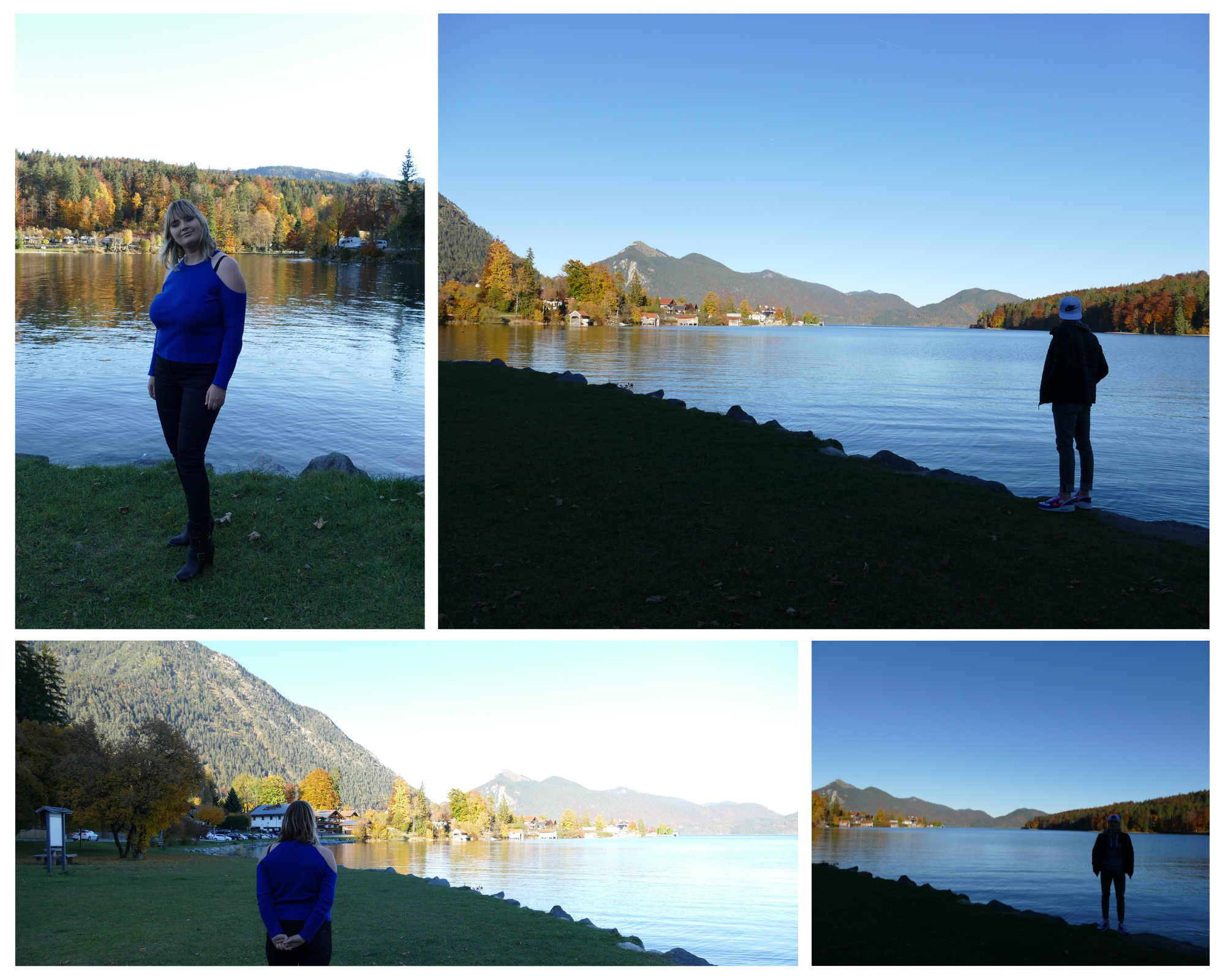
Photo Source : traveldreamdiary.com
Wörthsee
The Wörthsee, formerly known as Ausee, is situated approximately 25 km southwest of Munich in the northern district of Starnberg in Upper Bavaria. It is bordered to the north by four districts of the municipality of Wörthsee and to the west by two locations in the municipality of Inning. It is one of the lakes in Upper Bavaria’s Five Lakes Region, which also includes the Ammersee, Wörthsee, Weßlinger See, Pilsensee, and Starnberger See. Situated in its own basin, the lake’s mean water level is approximately 27 meters higher than that of the nearby Ammersee to the west.
Its catchment area is limited, ranging from 17 to 26.35 km², depending on the source. The municipalities of Wörthsee in the northeast and Inning in the southwest split the lake area; the municipality of Seefeld am Pilsensee owns a tiny portion in the southeast. The majority of the shoreline is off-limits and privately owned. On the lake, there are five main swimming sites. Count Cajetan zu Toerring-Jettenbach is the owner of the lake.
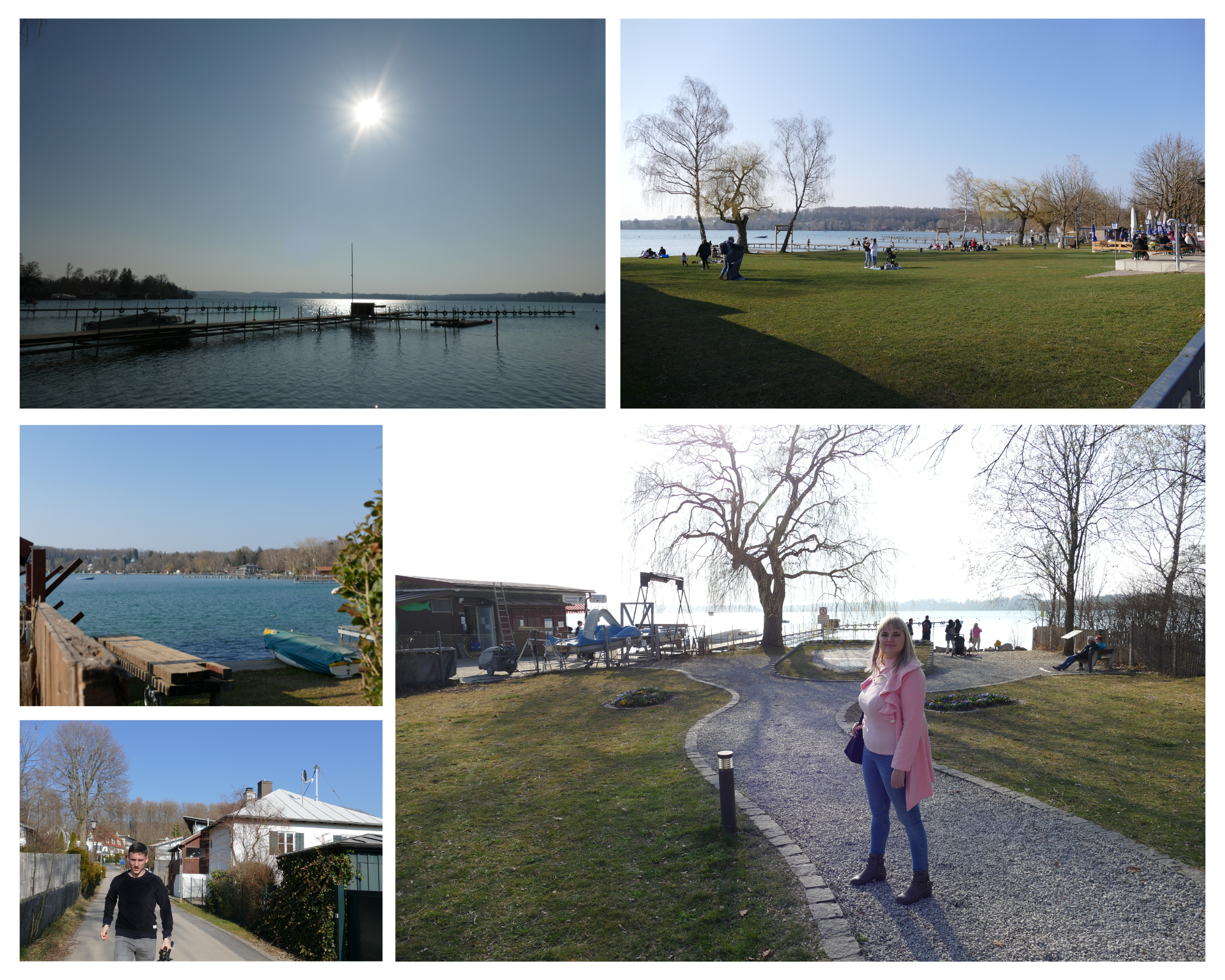
Photo Source : traveldreamdiary.com
Note: our Facebook album contains even more stunning photos! Click this to view further photos from our trips to the lakes!
Book your perfect vacation!
Vacations: We are happy that we have the opportunity to work with the most famous companies in the world, we always order our vacations from these companies and we have never been disappointed: Check 24, Trivago, Trafalgar, TravelUp, Insight Vacations, Explorer Fernreisen.
Where to stay
Hotels, bed & breakfasts, and guesthouses, regardless of location—in the center of town, close to a lake, or amid natural surroundings. We were able to identify the top companies providing the best hotels: Booking.com, Trip.com, TravelUp, esky, Hoteltopia, Millennium Hotels and Explorer Fernreisen.
Where to eat
Traditional Food and
Desserts to try in Germany
Wurst: In Germany, there are about 1,500 different types of sausage. These are made using a variety of ingredients and special spice combinations in a multitude of ways. Rouladen is a classic German dish made with thinly sliced cooked beef or veal wrapped in bacon, onions, mustard, and pickles. In particular, the south of the nation loves spätzle. Made from egg and wheat flour, these delicate egg noodles are frequently served with roasted onions and Käsespätzle cheese on top.

Photo Source : traveldreamdiary.com
The term “one pot,” or “eintopf,” describes the method of cooking rather than the ingredients. Nevertheless, the majority of dishes call for the same fundamental components, which include fish, poultry, cattle, or pig together with vegetables, potatoes, or legumes. Known as “sour” or “pickled” roast, sauerbraten is a national dish of the nation. A variety of meats can be used to prepare a pot roast. The meat is marinated for up to ten days in a mixture of wine, vinegar, spices, and herbs. Kartoffelpuffer are thin, pan-fried pancakes made with flour, egg, onion, and spice combined with shredded or ground potatoes.
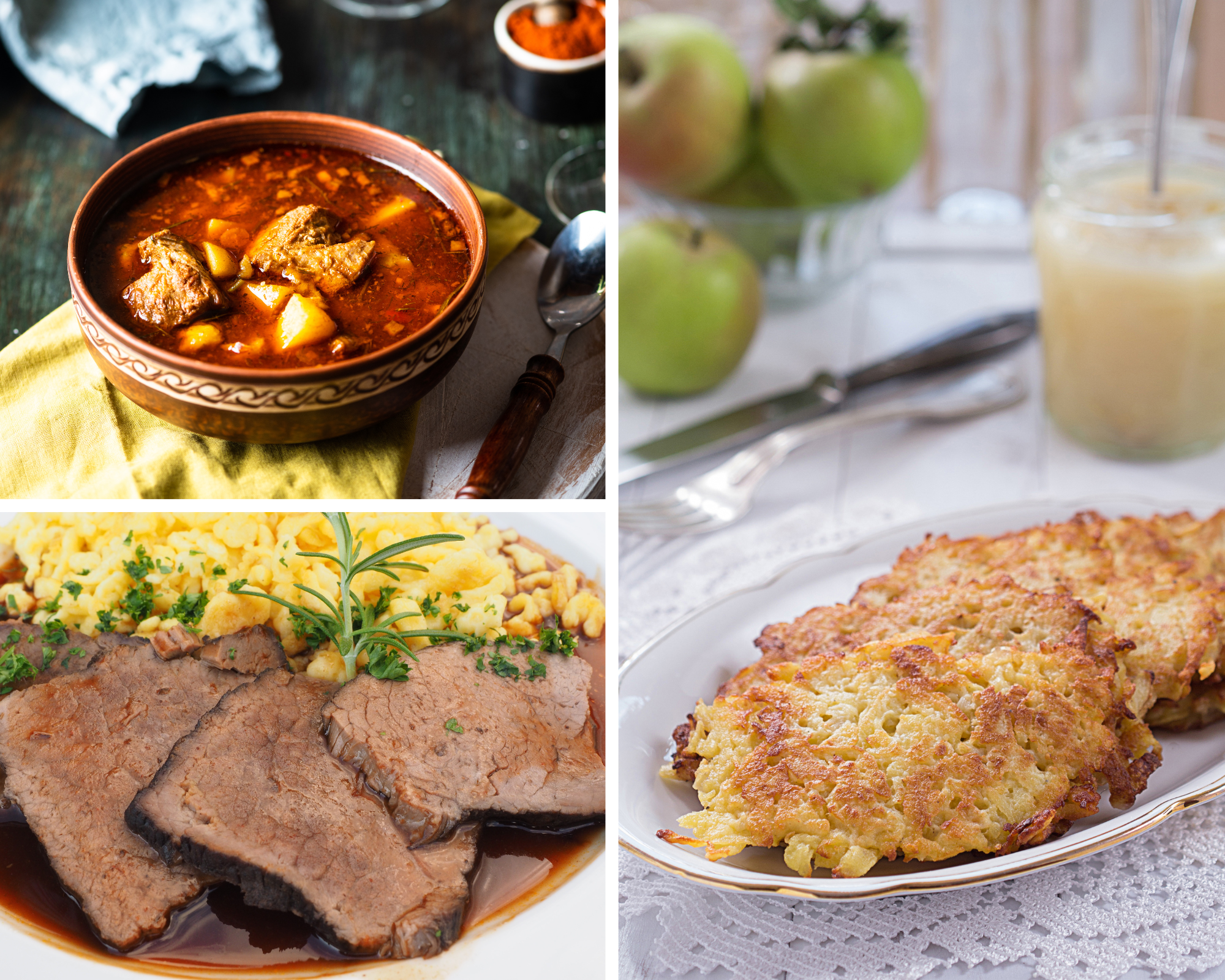
Photo Source : traveldreamdiary.com
Potato dumplings are known in German as “kartofflelknödel.” The dumplings’ foundation is made of potatoes, but you can customize it with any spices and croutons you desire. Maultaschen are little dough sheets stuffed with different fillings. While some individuals enjoy adding smoked meats, such as sausages, others prefer ground beef. Herbs and onions can also be added to your dumplings. Naturally, all foodies and travelers have heard of these delicacies, but these are unique to Germany and must be sampled while visiting: pretzels, pork schnitzel, potato salad, fried potatoes, and currywurst.
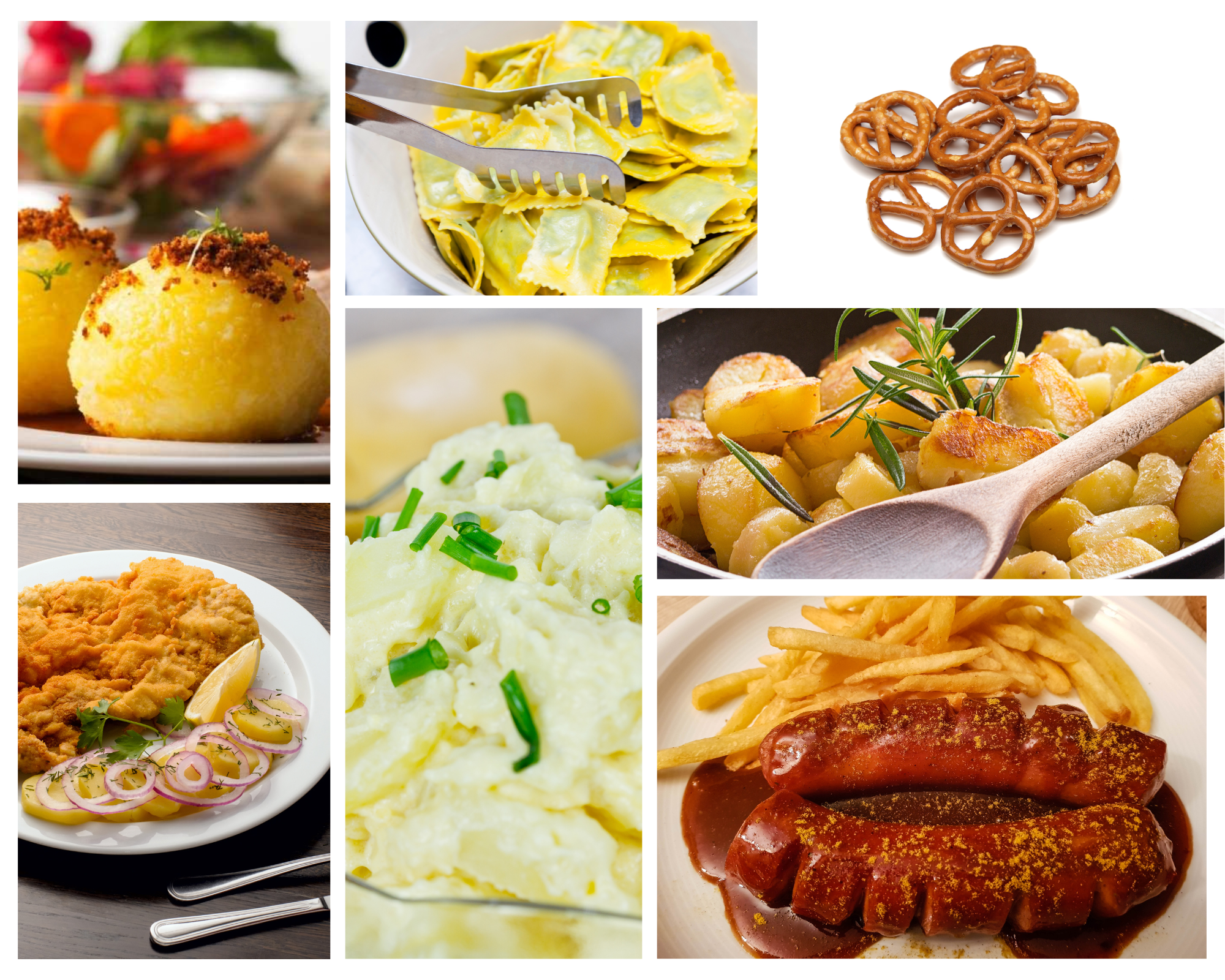
Photo Source : traveldreamdiary.com
Black Forest cherry torte: For an opulent finish, layers of rich chocolate cake, maraschino cherries, and whipped cream alternate, and are topped with additional cream. One of Austria’s national desserts is apple strudel, which has also been included into German regional cuisine. This well-known delicacy is made of buttery pastry stuffed with raisins, sugar, and cinnamon-flavored apples. A traditional Christmas dish in Germany is stollen. It is especially popular in Dresden and dates back to the 16th century. A flatbread topped with candied and dried fruits. You can also sprinkle powdered sugar on top of the bread after adding chopped or whole nuts.

Photo Source : traveldreamdiary.com
Saving Tips
SELECT YOUR AIRPORT SMARTLY: If you’re traveling from North America, you probably have access to the finest airline offers into Frankfurt, which is home to the biggest international airport in Germany. Frankfurt, however, is over four hours distant from Munich and five hours away from Berlin.Given the high cost of gas and rail tickets, it can be worthwhile to spend a little bit more to fly closer to your destination.CHECK OUT A CHEAP AIRLINE: Think about low-cost carriers like Norwegian Airlines that provide flights from the US to Germany. Obtain tourism cards for the city. City tourist cards are available in the majority of Germany’s major cities. These include usually limitless public transit, meal discounts, and free admission to major museums and sites. These passes can save you money if you intend to see a lot of
Invest in day passes for public transit if you plan to use it frequently while visiting a city. The cost of individual rides mounts up rapidly. SEASON” SAVINGS: Try to travel to Germany in June or September if at all possible. These are the best months to locate deals because the weather is still often extremely pleasant. Plan ahead: Although German trains are pricey, if you purchase your tickets at least a week in advance, you can obtain a saver ticket that will save you between 40 and 50 percent of the regular fee.
You can use the free Wi-fi and get online for free. In Germany, there’s free Wi-Fi in a lot of cafés, famous brands like McDonald’s and Starbucks, as well as in a lot of municipal buildings, libraries, parks, and museums.Keep an eye out for free museum days. In Germany, most museums have free admission on specific days or evenings. REMEMBER SCHOOL HOLIDAYS: There are five important school vacations in Germany for public schools: winter, spring break, summer, autumn, and Christmas.Embrace Big Bus or Hop-Off bus trips
Book your tours!
Tours: If you do not go by car and need to know more information about the tours, and things to see, we recommend these companies that are offering tours for any kind of activity you want to do and where you can buy trips much cheaper than if you buy them when you arrive at your destination. It is always good to be able to save some money!
Viator, Get Your Guide, Tiqets, City Sightseeing, Sesame, Sightseeing Pass, Contiki, Riviera Travel, CityPass: the best activities in town!
Getting Around
In Germany, there’s no shortage of ways to get around the car. Traveling throughout the nation by train requires purchasing a ticket from Deutsche Bahn, as the railway network has been essentially nationalized. The states of Germany oversee the operation of ferries, suburban trains, metro networks, buses, and trams on a local level. Germany’s public transport networks are effective, safe, and reasonably user-friendly. Consequently, the image of Germany as a country of car enthusiasts is beginning to fade in several German cities. On a typical day in Germany, thirty million people travel by public transit throughout the nation. In Germany, there’s no shortage of ways to get around the car. Traveling throughout the nation by train requires purchasing a ticket from Deutsche Bahn, as the railway network has been essentially nationalized.
German public transportation options include: As its name implies, the fastest public transit is the S-bahn (city rapid train). The metro’s German equivalent is called U-Bahn. Tram: These vehicles make several stops in city centers while operating on rails alongside conventional roadways. In many German towns and cities, buses constitute the lifeblood, connecting outlying locations and continuing long into the night when other modes of transportation cease to operate (though in larger cities, S-Bahn and U-bahn trains usually run continuously throughout the weekend). Regional trains come in two varieties: the slower, more stop-intensive RB (Regionalbahn) and the faster, less stop-intensive RE (Regionalexpress).
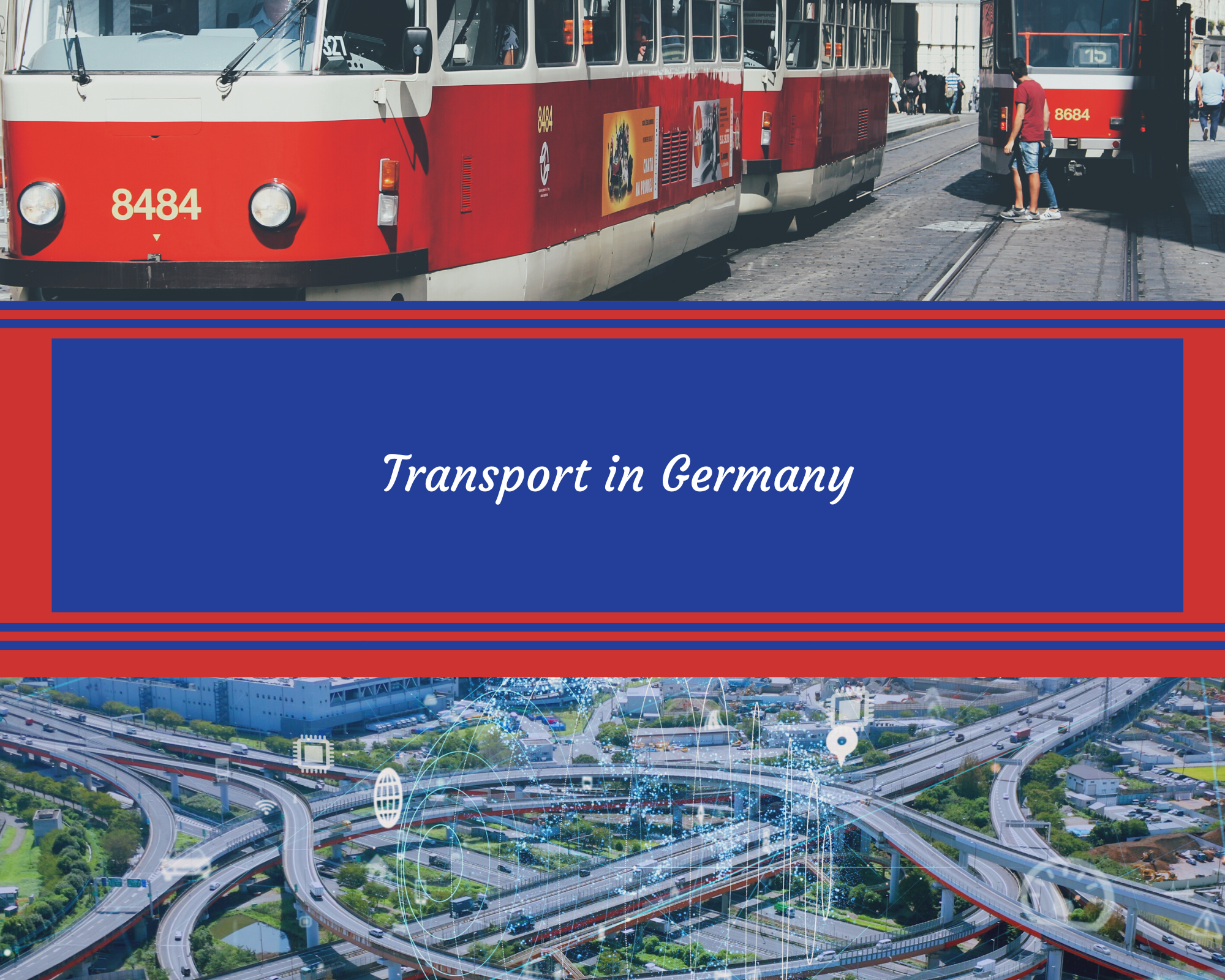
Photo Source : OanaAlexandra on canva.com
Week tickets, or Wegenkarte, are good for one week inside the designated zones.Longer-validity tickets (such as a month pass) are also available, however they often need to be bought from a ticket office official. Tickets for group days (Gruppentageskarte) Although tickets in Germany are normally expensive, if you are traveling in a party of three or more, the group day ticket actually provides excellent value for your money. They allow unrestricted travel within designated zones for a day or 24 hours, and are often good for parties of up to five persons. Your ticket will be printed with the phrase “Bitte entwerten” (please validate) if you are asked to do so. Place your ticket in the designated slot to verify it.

Photo Source : OanaAlexandra on canva.com
Week tickets, or Wegenkarte, are good for one week inside the designated zones.Longer-validity tickets (such as a month pass) are also available, however they often need to be bought from a ticket office official. Tickets for group days (Gruppentageskarte) Although tickets in Germany are normally expensive, if you are traveling in a party of three or more, the group day ticket actually provides excellent value for your money. They allow unrestricted travel within designated zones for a day or 24 hours, and are often good for parties of up to five persons. Your ticket will be printed with the phrase “Bitte entwerten” (please validate) if you are asked to do so. Place your ticket in the designated slot to verify it.
Book your transport!
Rent a car!
Here you can find the best offers to rent the right car for you, as well as parking right in the airport: esky, Explorer, Centauro and intui.travel.
Getting here
Germany has 36 international airports in total, ranging in size from tiny airfields with a few routes and airlines to massive hubs like Frankfurt and Munich that handle tens of millions of people annually. There are sixteen international airports in all, twelve of which are regarded as major airports, handling more than fifty thousand travelers each. Frankfurt Airport, which handles over 500,000 aircraft operations and 70 million passengers annually, is the biggest in the nation. The primary segments of the airline industry are passenger, freight, charter, and ambulance services. Since its complete privatization in 1997, the formerly state-owned Lufthansa is by far the biggest airline in Germany.
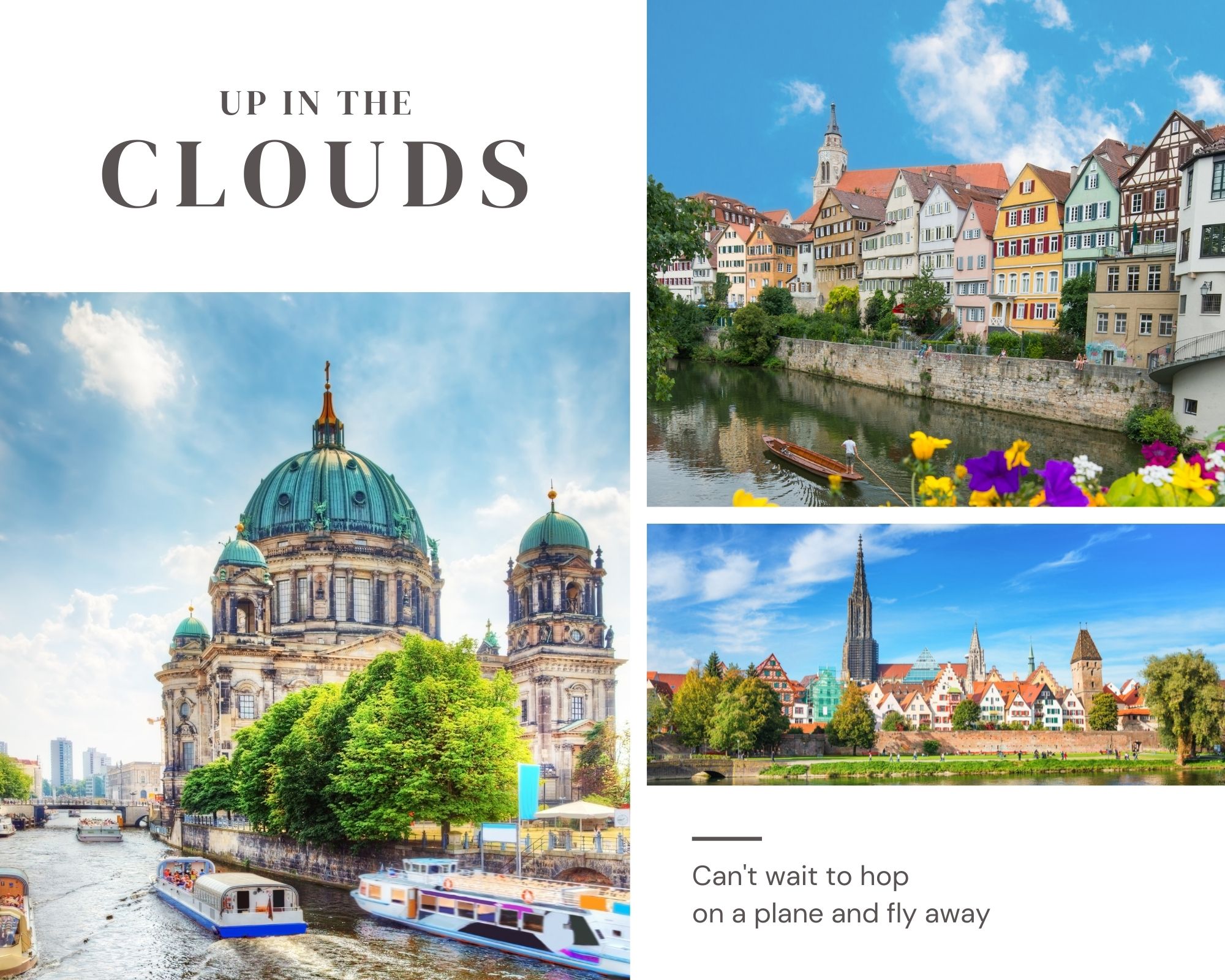
Photo Source : OanaAlexandra on canva.com
Germany’s busiest airport is located in Frankfurt. Düsseldorf Airport is in third place with 24,28 million passengers, while Munich Airport is the second busiest with 46,3 million passengers in 2018. The majority of the major airlines in your nation can transport you to Germany, as can Lufthansa, which has flights from/to 224 locations. Flights from Latin America, Central and North America, Africa, and Asia are available on Lufthansa.We collaborate with two businesses that are offering fantastic deals on bus and train tickets. Therefore, if you would rather go to Germany by bus or rail, you can find the ideal route here:
Book tour Flights!
If you have not found your desired flight, or you simply want more flight options to find the best and cheapest, we will help you with the best flight plans, where you will definitely find what you are looking for. With just one click you will find the cheapest flights to a wonderful destination!





















